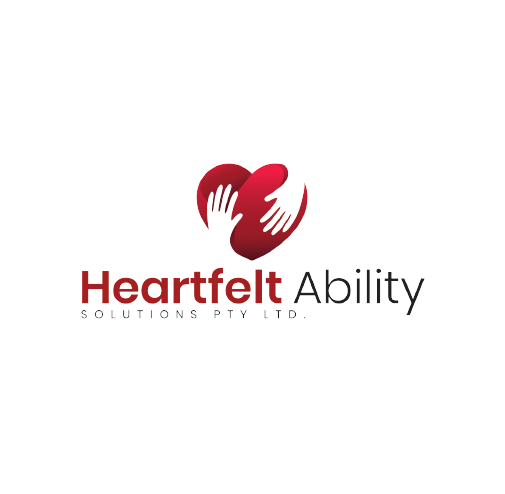It is essential for people with disabilities to learn how to use public transportation if they want to live independently. The physically abled take for granted their freedom of movement. But we are aware of how difficult it can be. We take great pleasure in our expertise and delivery of care for people with disabilities.
You can begin taking trips with a support worker, acquire important life lessons, and possibly take an active role in your community.
Request a Mobility Pass for Public Transportation.
When using public transportation, people with impairments are eligible to seek for help. Due to a physical or mental handicap, a persistent physical disability, or both, they might not be able to authenticate their cards. You, your service animal, or your caretaker may submit an application for a Free Pass.
With your caregiver, practice your trips.
Your fears can be reduced with a few practice sessions with a family member or support person. Support staff can direct you to and from a variety of locations, including your office, malls, etc. The majority of NDIS assistance services include this service. You may develop your confidence and become more aware of all potential obstacles by practicing.
Avoid traveling at rush hour
It is crucial that people with disabilities use public transportation to participate in and access community activities. However, when you first start out, traveling during peak hours, such as when everyone is going to and from the office, can be difficult. You can feel more self-conscious and anxious as a result. You can travel whenever you wish once you have perfected the habit.
Make a travel plan
You can reduce your anxiety by arranging the best route and knowing where you want to go. You can use a variety of services, both public and private.
Trains and Metro
Thankfully, all Metropolitan Melbourne trains have access ramps for wheelchairs so that those with impairments can comfortably use public transportation. For those who are blind, tactile pathways are also provided via the stations and platforms to the street level. You can learn how to find your way from the streets to the station with the assistance of your support worker. As part of your travel education, you can also learn how to board trains.
Trains and stations on the V/Line are also accessible for those with mobility problems. You can get your wheelchairs or scooters on the train with the assistance of the conductors and station officials. So that you won’t have to worry about putting your equipment on board, they can put a ramp in between. Your caretaker would assist you in moving because the staff lacks the necessary training to do so.
ADA-compliant buses and trams
Fortunately, the Melbourne tram system is simple to use and navigate. The network has the following to facilitate movement:
- Platform stops or accessible stops are other names for level access tram stations.
- lowered-floor trams
- Wheelchair symbols are used to identify priority seating, which is typically orange.
- Low-floor trams are used to partially run Routes 5, 6, 8, 48, 16, and 72.
Your support person can assist you with the travel instruction to ensure your safety when using public transportation.
Buses
There are routes that are both fully and partially accessible to wheelchair users. If you reside in a rural area of Victoria, you can utilize the bus timetable or get in touch with the local bus drivers to determine which services are appropriate for you.
Permits for Parking and Driving
A license and parking permit can be applied for by travelers with disabilities. All applicants must meet the same standards for a driver’s license, but you must also submit a medical report to VicRoads. The report would describe how severe your handicap is and make sure nothing interferes with your safety.
You can only apply for a disabled parking permit at your neighborhood Victorian Council office after you have received your license in order. However, all Australian states and territories recognise the permits.
Cut down on sensory anxiety
When moving throughout a metropolis, sensory overload is simple to develop. Particularly more so while traveling with a disability and switching between different modes of transportation. Your anxiety may be brought on by excessive noise, sights, or movements.
Your support person will be there to assist you in gaining confidence and improving your communication abilities. Taking the public transportation staff’s advice, for instance, can help you communicate your concerns and reduce your worry. Since safety might be an urgent need, your caregivers can also teach you how to stay safe and safeguard yourself from unfortunate circumstances, such as preventive defense or understanding how to keep your personal information private.
Public transportation for those with disabilities | Heartfelt Ability
Learn how to travel independently if you wish to fit in with the group. In order to successfully assist persons in learning to use public transportation and gaining the confidence to travel independently, support staff are trained as part of Heartfelt Ability’s active support disability initiative.

